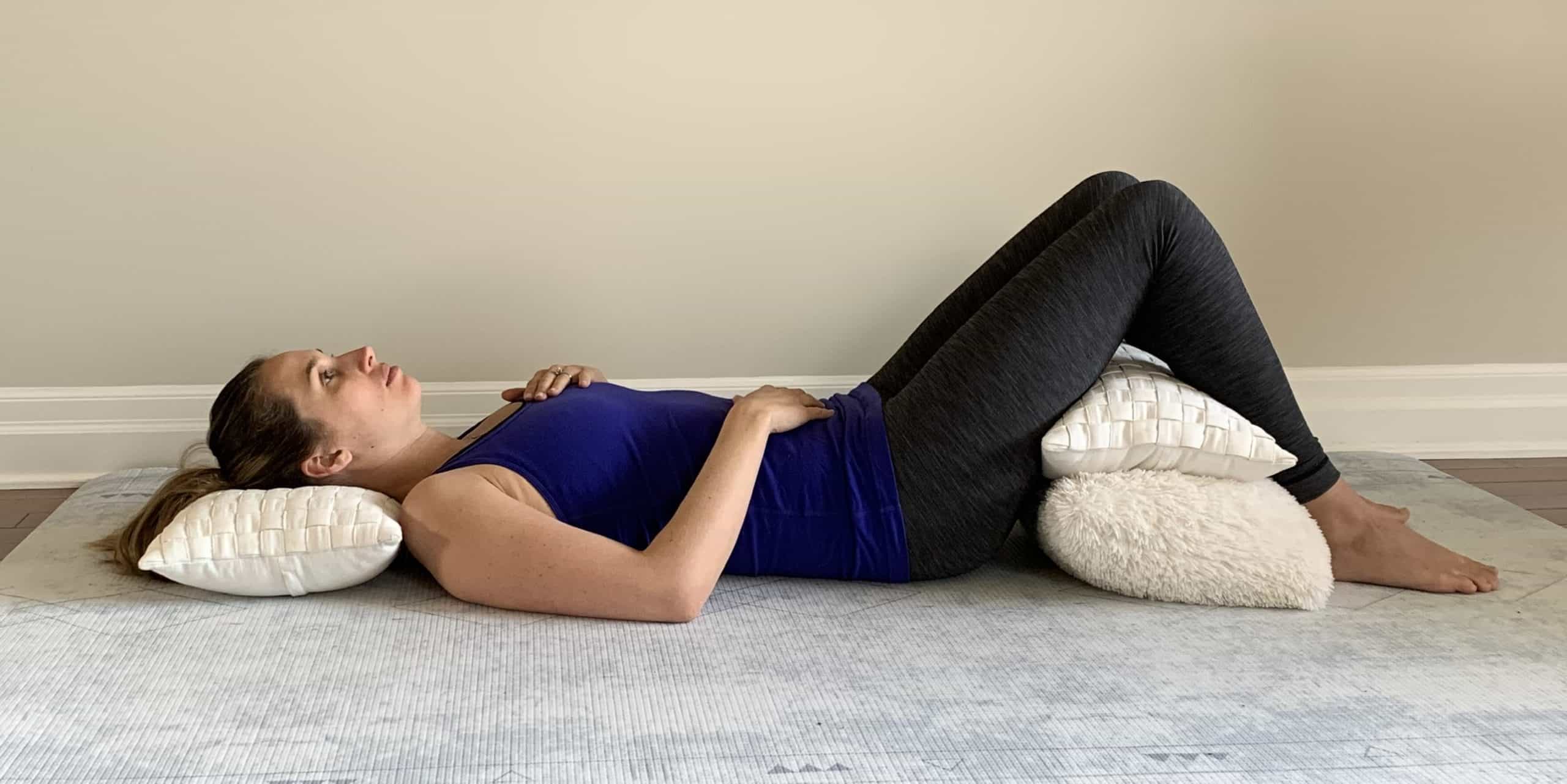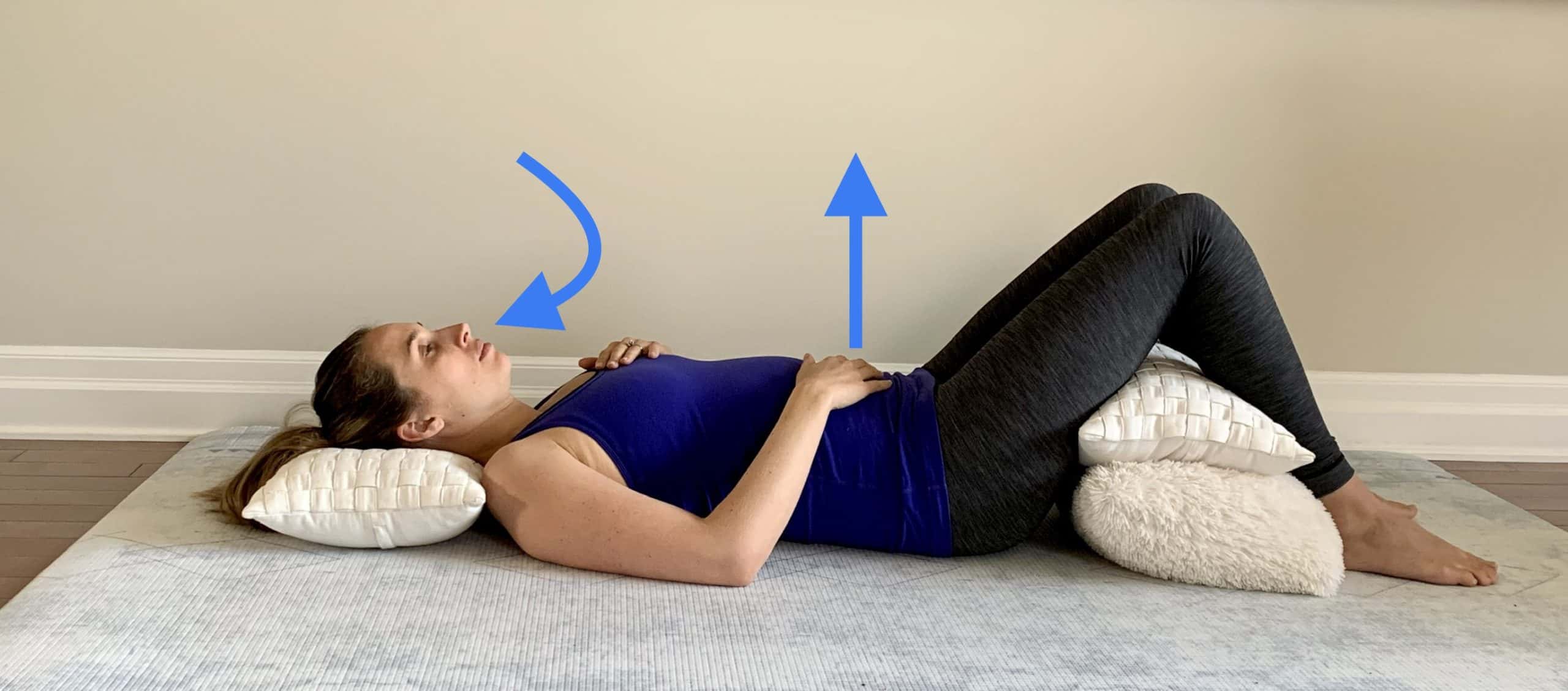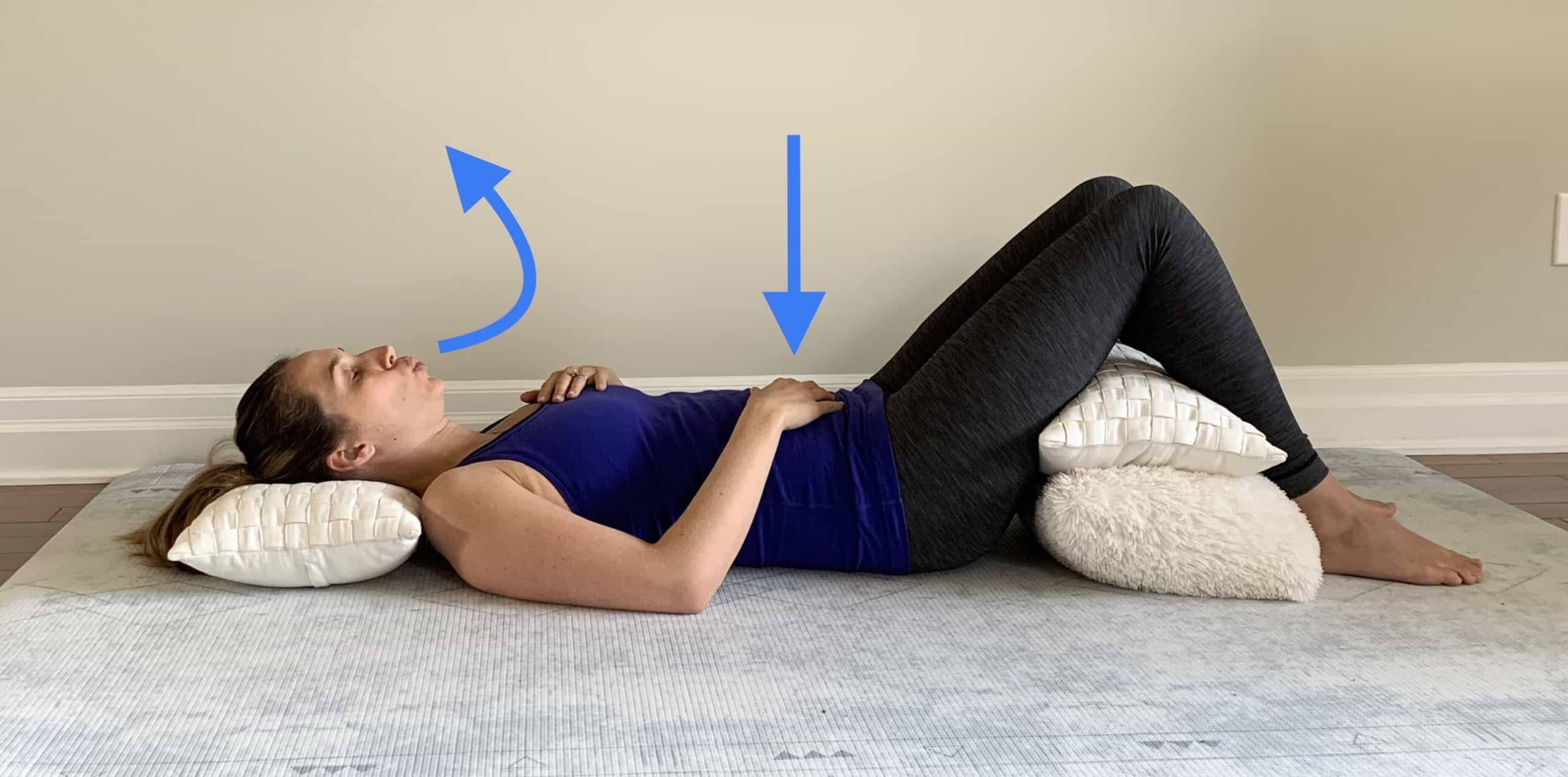To breathe or not to breathe?
From our first day, until our last, we have been filling our lungs and breathing non-stop. In an average life span we breath in and out close to 700 billion times… Have you ever stopped to wonder if you have been doing it right? Research has indicated to us that correct breathing improves many things, from injuries, to stress. So,during this pandemic, while our lives are far from normal, let’s take a moment to see if we tend ‘to breathe or not to breathe’ (properly).
How do we breathe?
Answer: We breathe, thanks to our diaphragm, a muscle in your core that is between your lungs and organs. As we BREATHE IN, the diaphragm contracts and pulls down, the lungs inflate, pushing the chest and abdomen up and out. Then as we BREATHE OUT, the diaphragm relaxes and raises, allowing the chest and abdomen to fall.
Why is it important?
Incorrect breathing causes pain and discomfort. It causes the accessory muscles of your neck to be overused, leading to forward head posture and chronic neck pain. Correct use of the diaphragm helps brace the core, stabilizing the spine during lifting and carrying, preventing injuries. People with chronic low back pain have altered breathing patterns during physical tasks. So, if you have chronic low back pain there is a good chance you don’t breathe right!
What are the benefits of breathing correctly?
- Reduced stress
- Decreased mechanical neck pain
- Decreased mechanical low back pain
- Decreased pain
- Improved recovery from injury
- Strengthening of the diaphragm
- Less energy is required to breathe, by decreasing your breathing rate
- Lower oxygen demand
So how do we do it?
We have taken the following summary from the Cleveland Clinic and the full article can be found here: https://my.clevelandclinic.org/health/articles/9445-diaphragmatic-breathing
To begin start by laying down:
1. Lie on your back on a flat surface or in bed, with your knees bent and your head supported. You can use a pillow under your knees to support your legs. Place one hand on your upper chest and the other just below your rib cage. This will allow you to feel your diaphragm move as you breathe.

2. Breathe in slowly through your nose so that your stomach moves out against your hand. The hand on your chest should remain as still as possible.

3. Tighten your stomach muscles, letting them fall inward as you exhale through pursed lips. The hand on your upper chest must remain as still as possible.

Progress to sitting:
- Sit comfortably, with your knees bent and your shoulders, head and neck relaxed.
- Place one hand on your upper chest and the other just below your rib cage. This will allow you to feel your diaphragm move as you breathe.
- Breathe in slowly through your nose so that your stomach moves out against your hand. The hand on your chest should remain as still as possible.
- Tighten your stomach muscles, letting them fall inward as you exhale through pursed lips. The hand on your upper chest must remain as still as possible.
Note: You may notice an increased effort will be needed to use the diaphragm correctly. At first, you’ll probably get tired while doing this exercise. But keep at it, because with continued practice, diaphragmatic breathing will become easy and automatic.
How often should I practice this exercise?
At first, practice this exercise 5-10 minutes about 3-4 times per day. Gradually increase the amount of time you spend doing this exercise, and perhaps even increase the effort of the exercise by placing a book on your abdomen.
References
(1) De Troyer A, Boriek AM. Mechanics of the respiratory muscles. Comprehensive Physiology. 2011 Jan;1(3):1273-300.
(2) Kapreli E, Vourazanis E, Billis E, Oldham JA, Strimpakos N. Respiratory dysfunction in chronic neck pain patients. A pilot study. Cephalalgia. 2009 Jul;29(7):701-10.
(3) Wirth B, Amstalden M, Perk M, Boutellier U, Humphreys BK. Respiratory dysfunction in patients with chronic neck pain–Influence of thoracic spine and chest mobility. Manual therapy. 2014 Oct 1;19(5):440-4.
(4) Hodges PW, Gandevia SC. Changes in intra-abdominal pressure during postural and respiratory activation of the human diaphragm. Journal of applied Physiology. 2000 Sep 1;89(3):967-76.
(5) Hemborg B, Moritz U, Löwing H. Intra-abdominal pressure and trunk muscle activity during lifting. IV. The causal factors of the intra-abdominal pressure rise. Scandinavian journal of rehabilitation medicine. 1985;17(1):25-38.
(6) Roussel N, Nijs J, Truijen S, Vervecken L, Mottram S, Stassijns G. Altered breathing patterns during lumbopelvic motor control tests in chronic low back pain: a case–control study. European Spine Journal. 2009 Jul 1;18(7):1066-73.
(7) Ahmad AH, Zakaria R. Pain in times of stress. The Malaysian journal of medical sciences: MJMS. 2015 Dec;22(Spec Issue):52.
(8) Kellezi B, Coupland C, Morriss R, Beckett K, Joseph S, Barnes J, Christie N, Sleney J, Kendrick D. The impact of psychological factors on recovery from injury: a multicentre cohort study. Social psychiatry and psychiatric epidemiology. 2017 Jul 1;52(7):855-66.
(9) Chen YF, Huang XY, Chien CH, Cheng JF. The effectiveness of diaphragmatic breathing relaxation training for reducing anxiety. Perspectives in psychiatric care. 2017 Oct;53(4):329-36.
(10) Ma X, Yue ZQ, Gong ZQ, Zhang H, Duan NY, Shi YT, Wei GX, Li YF. The effect of diaphragmatic breathing on attention, negative affect and stress in healthy adults. Frontiers in psychology. 2017 Jun 6;8:874.
(11) Tekur P, Nagarathna R, Chametcha S, Hankey A, Nagendra HR. A comprehensive yoga programs improves pain, anxiety and depression in chronic low back pain patients more than exercise: an RCT. Complementary therapies in medicine. 2012 Jun 1;20(3):107-18.
(12) https://my.clevelandclinic.org/health/articles/9445-diaphragmatic-breathing
